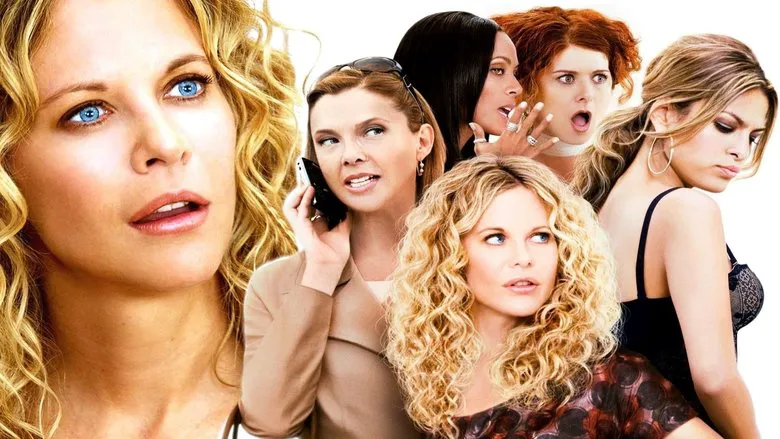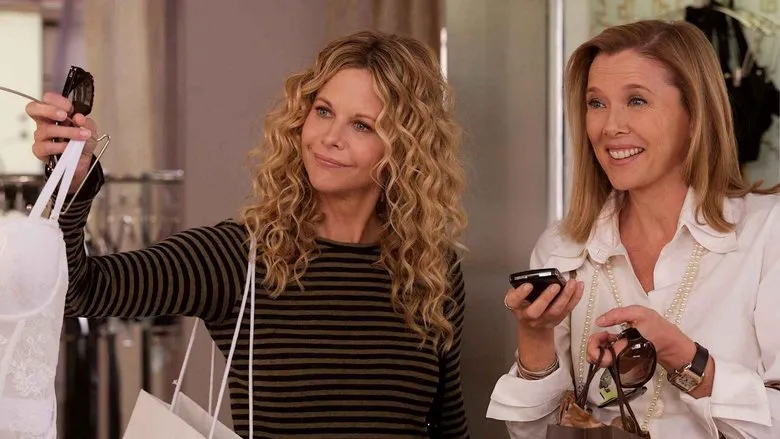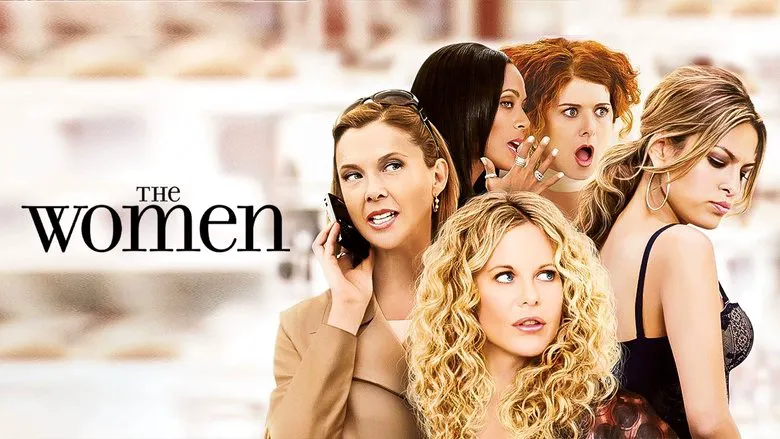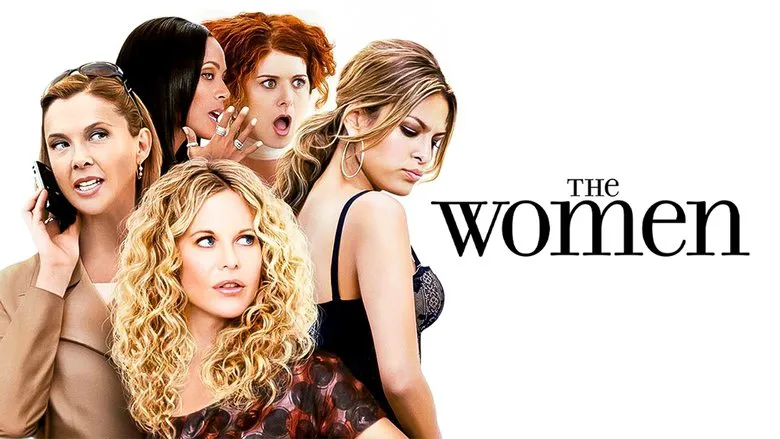“The Women”: A Modern Take on a Classic, or Just a Fashionable Prison?
The movie “The Women,” starring Meg Ryan, feels like a cinematic embodiment of a certain joke: “Givi, your wife gave birth!” – “Boy?” – “No!” – “Then what is it??”

This film is all about them, the non-boys. So much so that there isn’t a single male dog in sight, and all the passersby on the New York streets are women. It’s a universe of the feminine, a vast, fashionable female prison called “New York high society,” where four friends discuss their personal and social lives. A distracted housewife accidentally discovers in a nail salon that her husband is cheating on her with a saleswoman. After trying to cope with this tragic news, she demands a divorce and decides to pursue her lifelong dreams.
The Ladies in Question
The girls are endearing in their own ways. Meg Ryan puts on her best innocent face, Annette Bening plays a tough-as-nails editor-in-chief of a women’s magazine, Jada Pinkett Smith embodies a lesbian character, and Debra Messing is the perpetually pregnant mother hen. Eva Mendes plays the seductive saleswoman, seen through a distinctly female gaze (which, it must be said, is a terrifying sight: she’s got bulges here and there, and padding stuffed in all the right places).

A Female Gaze: The Ultimate Weapon?
The female perspective can be the most twisted form of assassination. The original “The Women,” a 1939 film, was directed by George Cukor, a director who almost helmed “Gone With The Wind” (legend has it that Clark Gable disliked him, declaring him a “woman’s director”), and the creator of “A Star Is Born” (1954) and “My Fair Lady” (1964). That film also featured no men, male dogs, or stallions. But at least there was a man behind the camera, and it made a difference. The girls chirped, fought, primped, gossiped, and looked both repulsive and alluring. The tagline for that old film was: “135 women who have nothing on their minds but men!” What about these modern women? What’s on their minds?

Modern Amazons and Missing Men
These modern Amazons, as seen by director Diane English, are rather dull women who have watched too much “Sex and the City” and genuinely hate not each other, but the home-wrecking saleswoman. They don’t think much about men, but the entire film is a philosophical portrait of the absent, created from omissions and unspoken words. Men here are imaginary friends, imaginary bosses, and imaginary unfaithful husbands, needed only so that women have something to gossip about when they run out of topics like children and outfits. One male creature does flash across the screen, but even that doesn’t save the collective female unconscious.
It’s unclear who this film is for. Men shouldn’t watch it, trust me. They start fidgeting, then ask who all these people are, then inquire about what “Saks” is, then remember “The Stepford Wives,” and then fall uncomfortably silent. For about two days. Women can watch this film, but not for long: first they laugh, then they think about “Saks,” and then they start asking each other how and when Sarah Jessica Parker had so much plastic surgery that she almost looks like Meg Ryan.

However, film perverts and poetry lovers will get some enjoyment out of it. The former will spend the entire film hoping that Will, Jada Pinkett-Smith’s husband, will finally appear on screen with his German Shepherd and disperse all these New York fashion zombies.
And the latter will sit and mutter a children’s rhyme: “If you take all these broads and combine them into one, and then take that broad and measure the depth…”